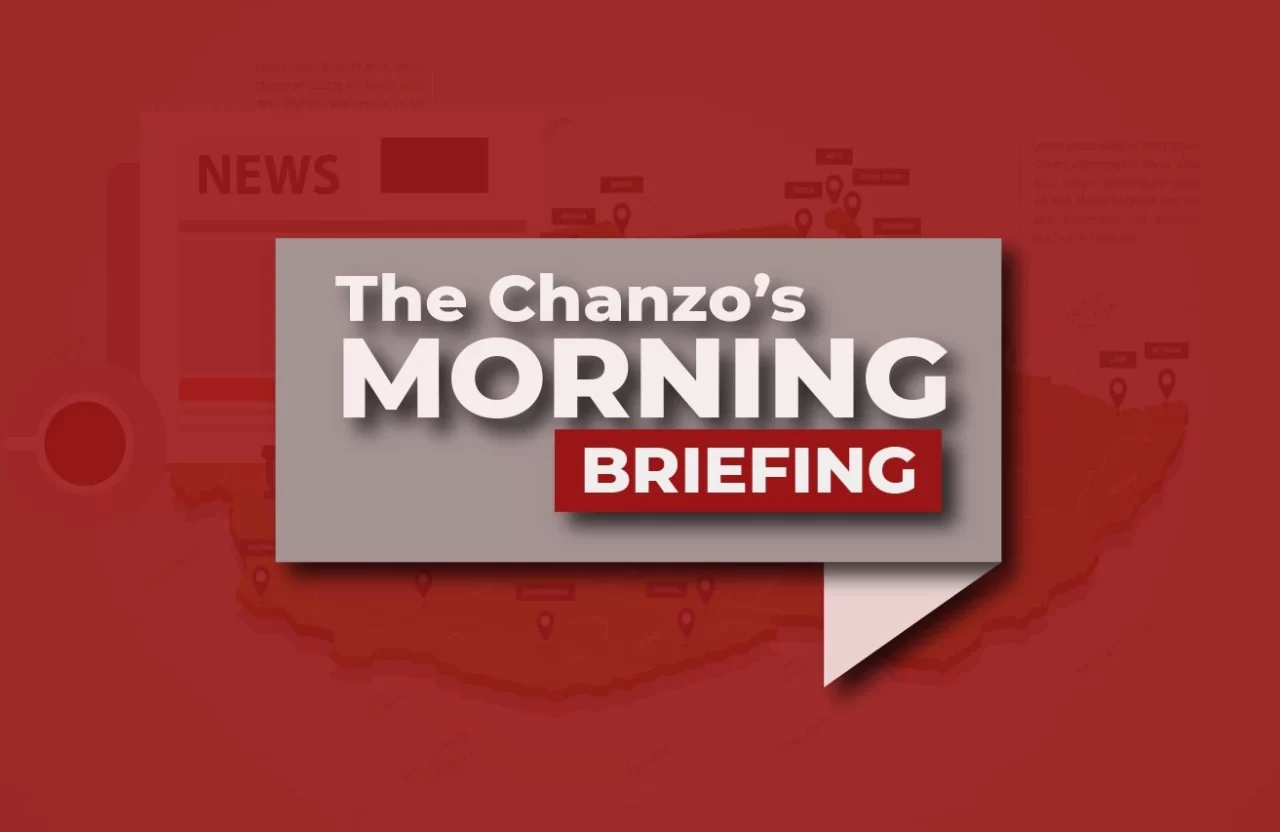Good morning! The Chanzo is here with a rundown of major news stories reported in Tanzania on July 10, 2024.
Campaign intensifies in Tanzania against proposed ban of X: ‘They seek to convert potential into lost opportunity’
Amidst voices calling on authorities in Tanzania to ban X, formerly Twitter, users of the social media platform have recently been engaging in successful crowdfunding exercises to save each other from legal, health and other troubles, raising questions about whether Tanzanians should take those voices seriously.
While the efforts are not entirely new, as the social media platform has been serving as a self-help mechanism for its members for quite some time now and as a medium through which Tanzanians hold their leaders to account, recent developments coincided with coordinated efforts to force authorities to ban the network for good for allegedly promoting “pornographic” content.
At least three crowdfunding exercises occurred in the past few weeks, proving to detractors that the platform they’d wish banned could be put to more valuable uses than the ones they had in their minds. These include contributions to support medical services to a kidnap and torture victim, Edgar Mwakabela alias Sativa, and government critics Japhet Matarra and Shadrack Chaula.
X users raised Sh10 million for 27-year-old Sativa, who suffered injuries after abductors tortured him before dumping him at the Katavi National Park. They also raised Sh7 million for Matarra, who needed the money to pay a fine after being convicted to serve five years in prison for publishing “false” reports, which included President Samia Suluhu Hassan’s salary.
Matarra had already served one year in jail before X users learned of his ordeal. He was subsequently freed after paying the fine.
Read the full story here
Tanzania’s Amson Group offers $180 million to acquire Kenyan firm Bamburi Cement
Tanzanian company Amsons group, a force behind Camel cement, Camel Oil, and Cam Gas has offered USD 180 Million to acquire a 100% stake in Kenya’s Bamburi Cement PLC.
“Amsons Group through its Kenyan subsidiary and investment vehicle, Amsons Industries (K) Ltd has issued a notice of intention to launch a public take-over offer that will involve the acquisition of up to 100% of the shares in Bamburi for Sh65 per share,” reads a press brief from Amsons.
Bumburi Cement is a Nairobi Stock Exchange-listed company that operates five cement plants in Kenya and Uganda. The plant includes an integrated Plant (clinkering and cement) in Mombasa, a grinding Plant (cement) in Athi River, an integrated plant (clinkering and cement) in Kasese, Western Uganda, a grinding plant (Cement) in Tororo, and blending Station in Namanve.
Bumburi Cement is part of Holcim Group, a global Swiss construction firm. In 2023, Bumburi recorded an annual turnover of USD 355 Million, and as of July 09, 2024, its shares were trading at Ksh. 45.6 at the Nairobi Stock Exchange.
Amsons Group is owned by the Nahdi family, the business was founded in 2006, and currently has an annual turnover of USD 1 Billion. The group has fuel depots in Tanzania, Mozambique, Zambia, and DRC with over 150 retail fuel stations.
While the group is largely known in Tanzania for its fuel operation, the group has recently strengthened its portfolio in construction manufacturing. In 2023, the group acquired a 65 percent stake in the Mbeya Cement from Holcim, with industry insiders estimating the acquisition cost could range up to USD 175 Million.
Speaking about the offer, the group Managing Director, Mr. Edha Nahdi says the company has a great plan to deepen investment in Kenya and Bamburi.
“Amsons Industries is a quality cement products manufacturer in Tanzania under the brand names Camel Cement and Tembo Cement. Our offer to acquire shares in Bamburi is part of our corporate market expansion plan and will mark the formal entry of Amsons Group into the Kenyan market,” said Nahdi.
The Holcim regional head of Asia, Middle East, and Africa, Mr Martin Kriegner said the agreement to sell Holcim’s stake in Bamburi Cement advances Holcim’s strategy of extending leadership in their core market.
Local radio stations perform poorly in Tanzania. Here’s how that situation can change
“The last time we paid salaries to our journalists was six months ago,” said Jacob Mwenga, the station manager of Ice FM located in Makambako town, Njombe region. “One might ask why we are still broadcasting. The answer is simple: we love serving the community.”
Now, that is the sad financial picture of many radio stations located in various parts of the country, which depend on small adverts and donations from their listeners to run their stations. In Tanzania, most of the population lives in rural areas due to economic activities and various social factors.
Most of the population depends on radio stations for education, entertainment, access to real-time news, and maintaining family connections. According to the Tanzania Communications Regulatory Authority (TCRA), Tanzania Mainland has 218 radio stations, while Zanzibar has 27.
Despite the intervention of many media projects and institutions, these radio stations are struggling financially. Some are facing closures by authorities due to failure to pay the annual fee charged by the regulator, among other issues.
Read the full analysis here
New technology promises to eliminate Malaria for good. But serious challenges limit such potential
On April 25th of every year, the world commemorates World Malaria Day. The disease needs no introduction. The day is not meant to be a celebration of the disease but a moment to reflect on the burden it causes, efforts to eradicate it, and strategise how to continue fighting it.
This year, I became interested in the latest tools in the arsenal for malaria control and eradication using biotechnology and genetic biocontrol. Malaria, like other vector-borne diseases, can be mitigated by targeting the parasite, plasmodium, or the vector of the parasite, mosquitoes, particularly the three species of importance in the genus Anopheles.
Many interventions have been deployed to suppress and control the vector in several multimillion-dollar programmes, including using mosquito nets treated with long-lasting insecticide, indoor residue sprays and community-level destruction of breeding grounds using insecticides and bio-insecticides.
Read the full article here
This is it for today, and we hope you enjoyed our briefing. Please consider subscribing to our newsletter (see left), following us on X (Twitter) (here), or joining us on Telegram (here). And if you have any questions or comments, please drop a word to our editors at editor@thechanzo.com




